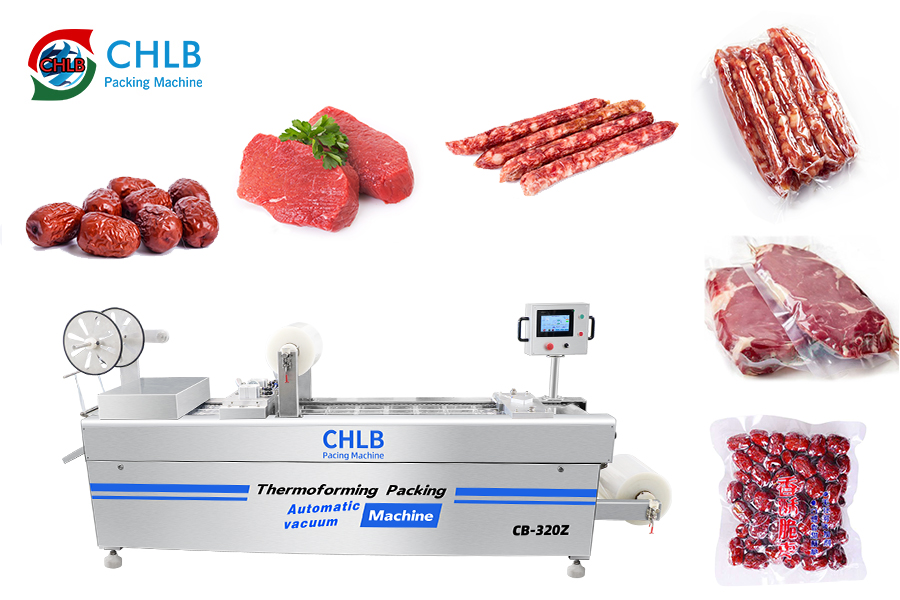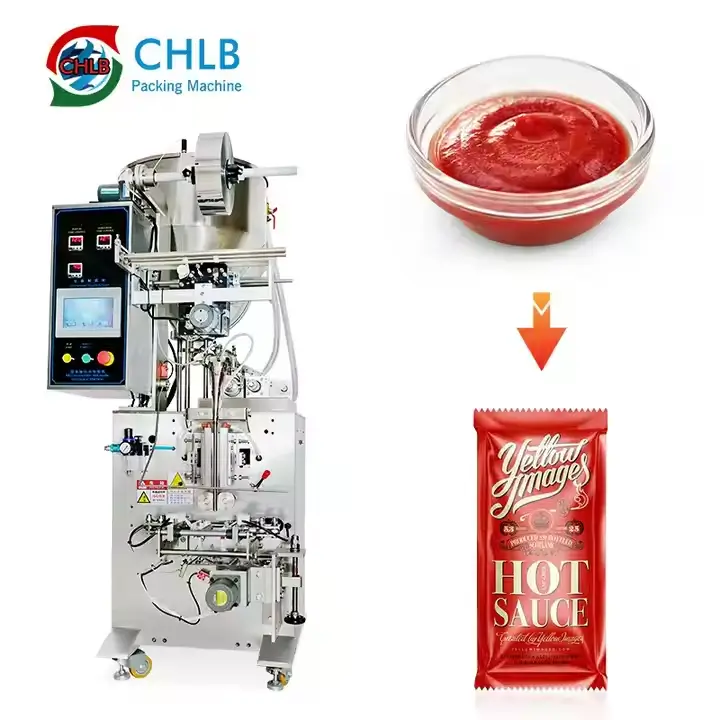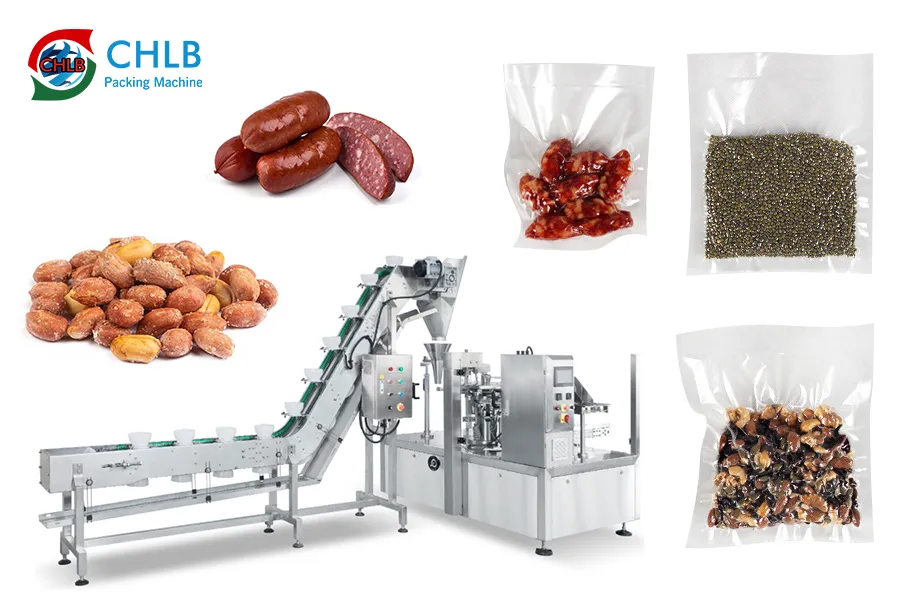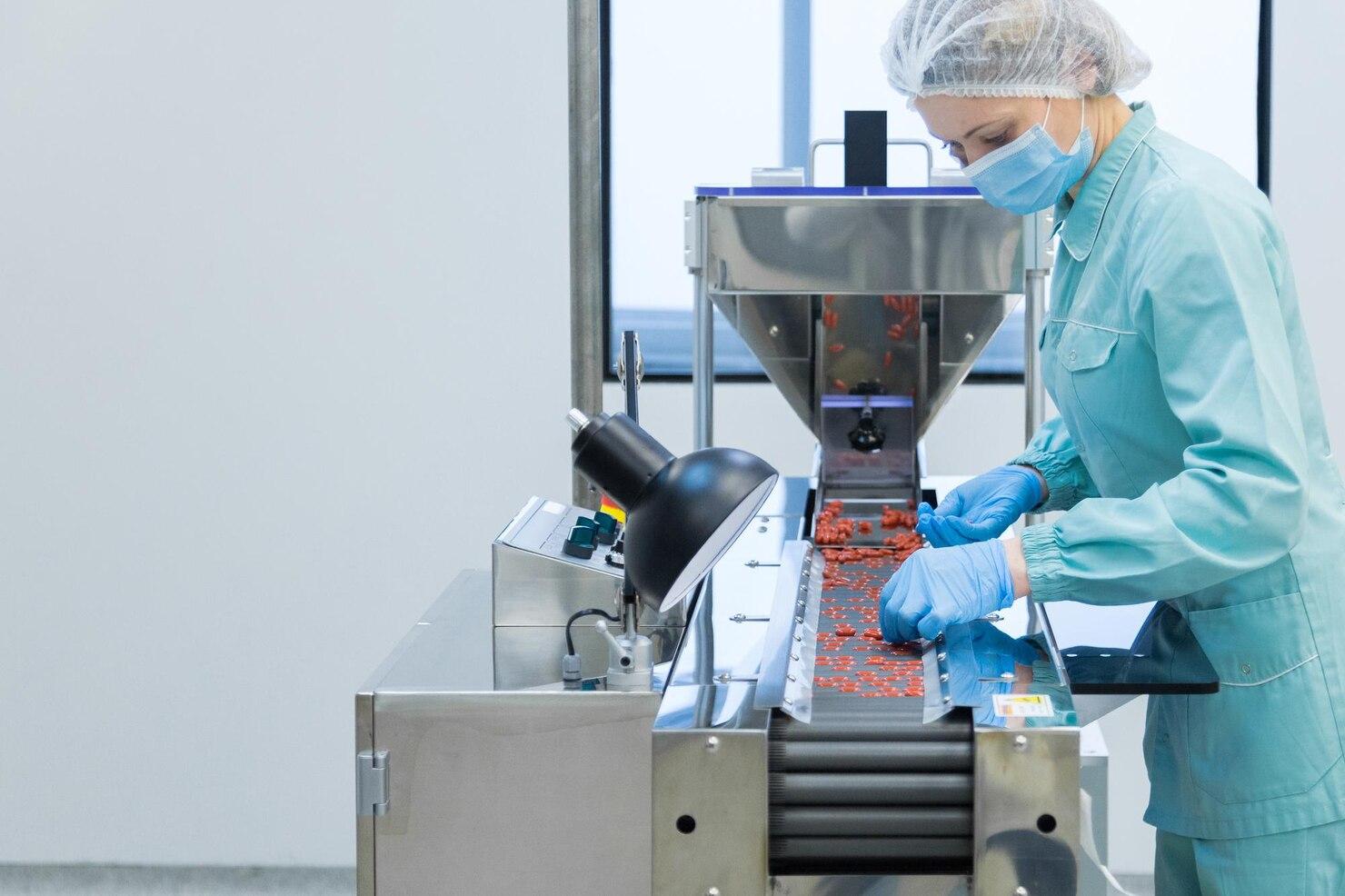L'imballaggio di carne non si tratta solo di avvolgere un prodotto; È un processo meticoloso che mantiene fresca la carne, sicuro, e visivamente attraente per i consumatori. I mercati all'ingrosso e al dettaglio hanno esigenze di imballaggio distinti, e colpire il giusto equilibrio tra funzionalità, costo, ed l'estetica è la chiave. Scopriamo come viene confezionata la carne attraverso diversi approcci e materiali utilizzati per impacchettare la carne per questi mercati.
L'importanza degli imballaggi di carne
Il buon imballaggio non è solo uno strato protettivo; È l'ancora di salvezza della carne. Per i mercati all'ingrosso, Garantisce che grandi quantità rimangono fresche durante il trasporto. Per gli scaffali al dettaglio, L'imballaggio attira l'attenzione e crea fiducia. Dalla prevenzione del deterioramento all'estensione della durata di conservazione e al potenziamento del fascino del prodotto, L'imballaggio di carne è non negoziabile nell'industria alimentare di oggi.
Tipi di metodi di imballaggio della carne
Diversi tipi di imballaggi di carne sono personalizzati per soddisfare le esigenze variabili, Dalla conservazione delle spedizioni di massa alla creazione di display accattivanti per gli scaffali dei negozi. Esploriamo le tecniche più comunemente usate del settore.
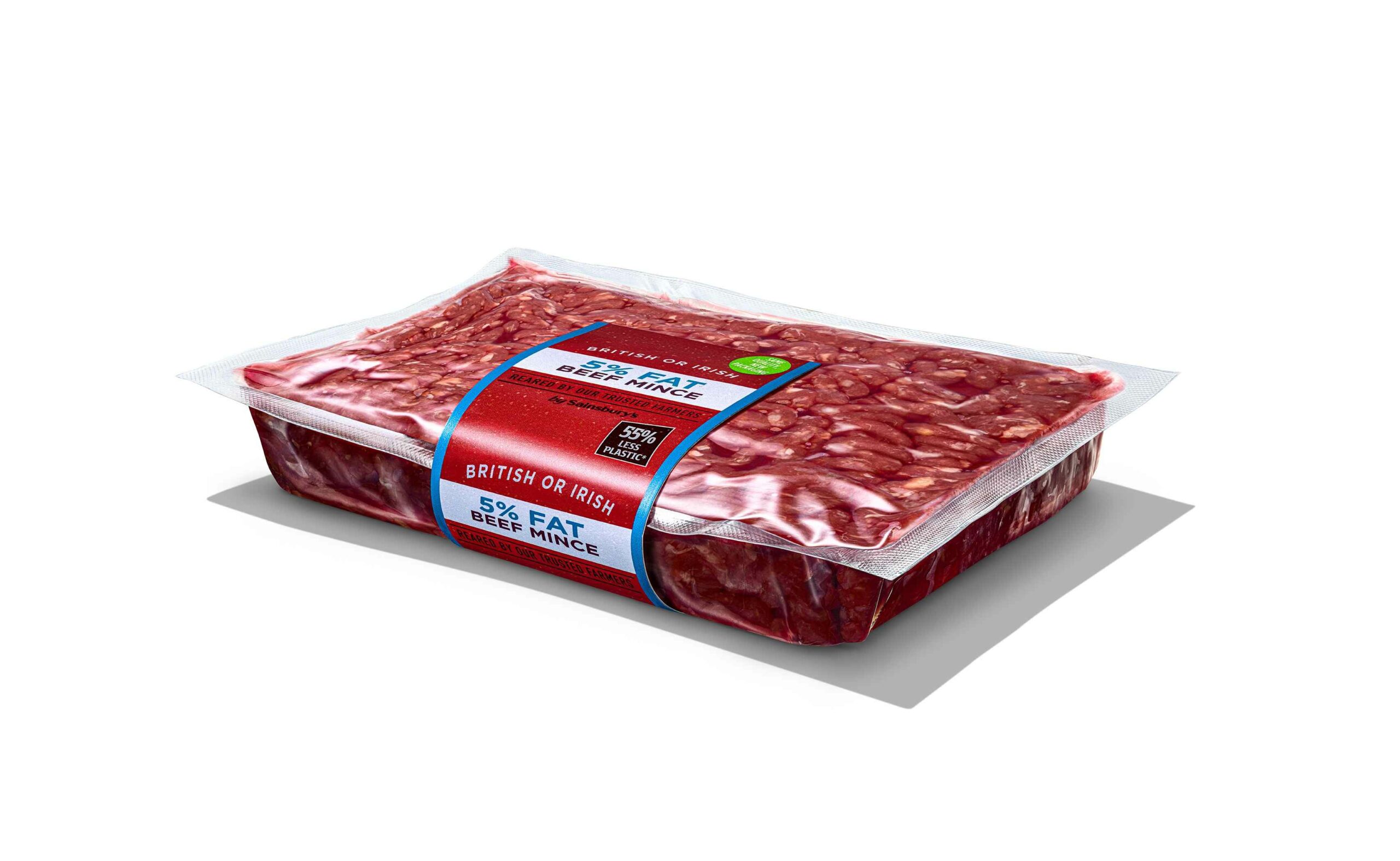
1. Sigillatura a vuoto
La tenuta del vuoto è uno dei tipi di imballaggi di carne più utilizzati nei mercati all'ingrosso e al dettaglio. Eliminando l'aria dal pacchetto, riduce al minimo la crescita batterica, rallenta significativamente il deterioramento, e mantiene la carne fresca per un lungo periodo. Per i fornitori all'ingrosso, È ideale per la gestione e il trasporto di grandi quantità in modo efficiente. I rivenditori preferiscono l'imballaggio a vuoto per la sua pulizia, Aspetto professionale che migliora il fascino degli scaffali mantenendo la qualità e la sicurezza del prodotto.
2. Imballaggio atmosfera modificato (CARTA GEOGRAFICA)
Mappa scambia l'aria regolare per un mix di gas come anidride carbonica e azoto. Questo metodo è ottimo per mantenere la carne luminosa e fresca, renderlo il preferito per i prodotti al dettaglio preconfezionati. Rispetto ai metodi tradizionali, La mappa fornisce una durata più lunga e migliora il fascino visivo.
3. Imballaggio termoformante
Macchine per l'imballaggio termoformante implicare l'uso del calore per modellare la plastica in una forma personalizzata che racchiude saldamente la carne. Questo processo crea un robusto, sigillo a prova di manomissione che garantisce freschezza e sicurezza. È un'opzione di riferimento nei mercati al dettaglio, Laddove la chiara visibilità del prodotto è essenziale per attirare gli acquirenti e costruire fiducia. Il design semplificato non solo migliora la presentazione, ma semplifica anche la conservazione e la gestione, rendendolo altamente pratico sia per i consumatori che per i rivenditori.
4. Packaging del vassoio e del cinema
Il packaging del vassoio e del cinema è una scelta comune per i tagli al dettaglio come le bistecche, seni di pollo, e altre carni porzionate. In questo metodo, La carne è posizionata su un resistente, vassoio resistente all'umidità e sigillato con un film trasparente. Questo stile di imballaggio non è solo visivamente accattivante ma anche intuitivo, offrire ai consumatori una chiara visione del prodotto garantendo al contempo la freschezza. Il suo design leggero e conveniente lo rende un punto fermo per gli scaffali dei negozi e l'uso domestico.
5. L'imballaggio di restringimento del calore
L'imballaggio di restringimento del calore è un metodo popolare nell'industria della carne per la sua capacità di creare uno stretto, sigillo protettivo attorno al prodotto. Questo metodo prevede di avvolgere la carne in un film di plastica specializzato, che viene quindi esposto al calore, causando la riduzione del film e si conformano strettamente alla forma della carne. Il risultato? Un resistente, barriera a prova di manomissione che blocca la freschezza, Migliora il fascino visivo e protegge la carne dai contaminanti durante il trasporto e lo stoccaggio.
Materiali di imballaggio utilizzati nell'imballaggio di carne
L'imballaggio di carne si basa su materiali che garantiscono freschezza, sicurezza, e convenienza. Dai film di plastica alle opzioni di lamina e ecologiche, Ognuno svolge un ruolo vitale nelle esigenze del mercato delle riunioni.
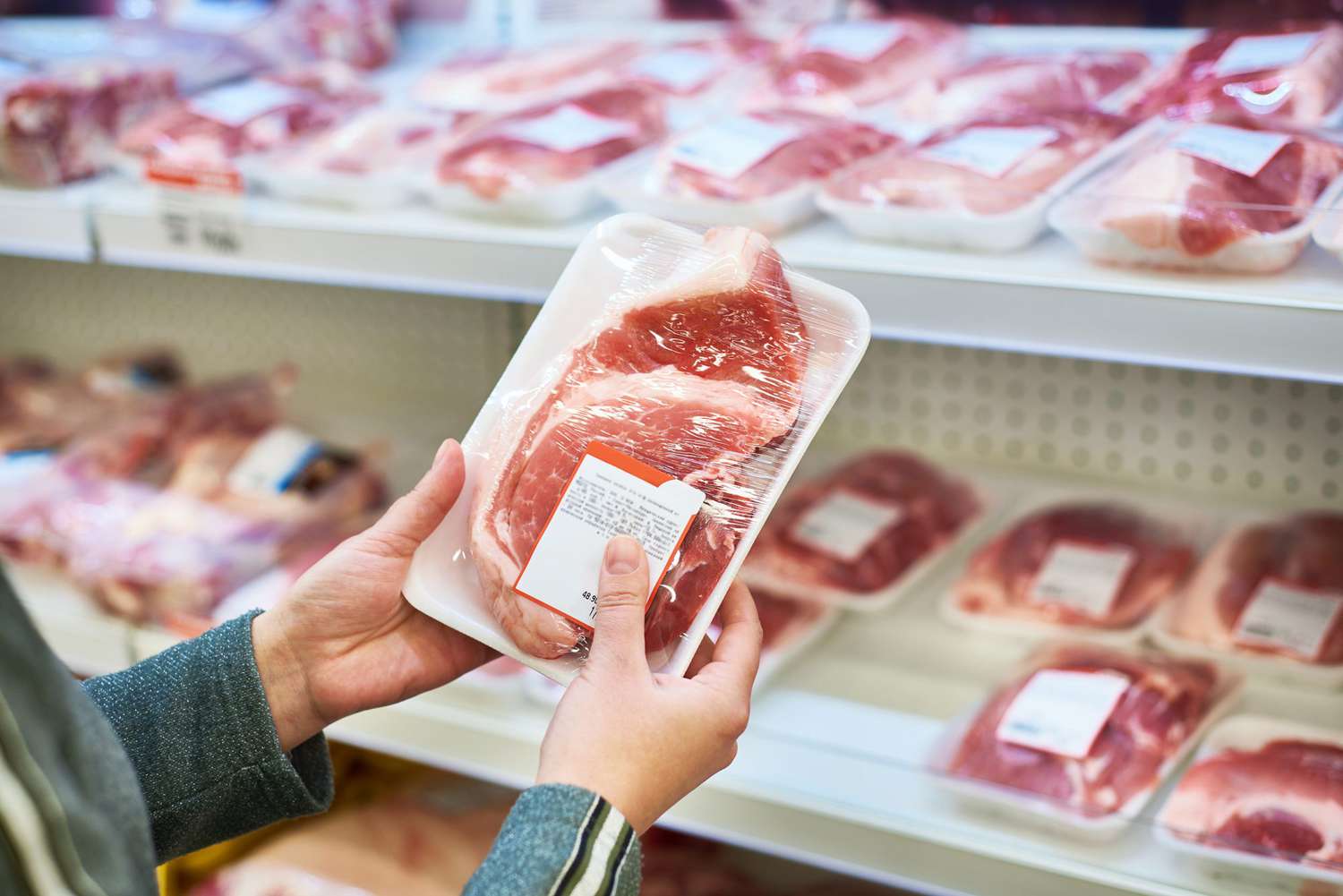
1. Film di plastica
I film in plastica flessibile sono tra i materiali più comunemente usati nelle macchine per l'imballaggio della carne, in particolare per i prodotti al dettaglio. Questi film sono leggeri, durevole, e fornire un'eccellente chiarezza, consentendo ai consumatori di vedere chiaramente il prodotto mantenendolo protetto. Opzioni come gli impacchi di rimbalzo e i film di allungamento sono ampiamente favorite per la loro versatilità ed efficacia in termini di costi, Rendere i film in plastica una scelta migliore per vari tipi di imballaggi di carne.
2. Pacchetti laminati e laminati
I materiali in lamina e laminati vengono spesso utilizzati per la conservazione di carne a lungo termine, Soprattutto nei mercati all'ingrosso. Questi materiali offrono proprietà di barriera superiori, Bloccare efficacemente la luce, umidità, e aria. Questo livello di protezione garantisce che la carne rimanga fresca e sicura per lunghi periodi, Rendere l'imballaggio a base di fogli una soluzione affidabile per l'imballaggio di massa ed esportazione.
3. Opzioni di imballaggio eco-compatibili
Con crescenti preoccupazioni sull'impatto ambientale, I materiali ecologici stanno rimodellando il settore dell'imballaggio della carne. Materie plastiche biodegradabili, vassoi compostabili, e i film riciclabili stanno guadagnando trazione mentre le aziende si sforzano di raggiungere gli obiettivi di sostenibilità. Questi materiali non solo riducono i rifiuti, ma si allineano anche alle esigenze dei consumatori per soluzioni di imballaggio più verdi, Contrassegnare uno spostamento significativo verso un futuro più sostenibile.
Imballaggio di carne per mercati all'ingrosso
L'imballaggio all'ingrosso di carne si concentra sull'efficienza, rapporto costo-efficacia, e durata, Garantire un trasporto e lo stoccaggio sicuri per le spedizioni sfuse, esportare, e distribuzione.
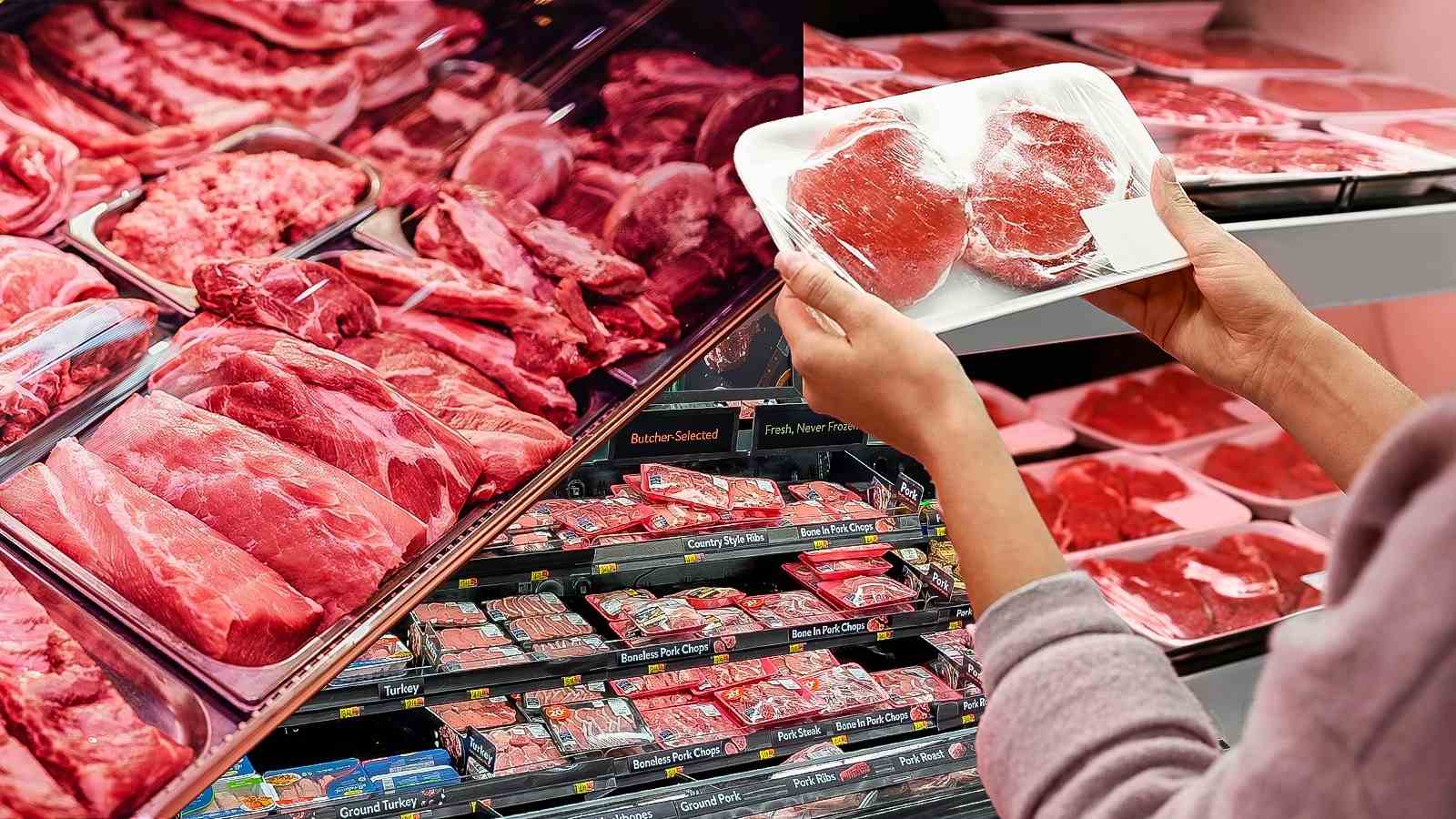
Imballaggio sfuso
Nei mercati all'ingrosso, L'imballaggio alla rinfusa è una soluzione economica che aiuta a ridurre al minimo le spese. Sono comunemente usati pacchetti o cartoni a sotto vuoto grandi, consentendo una gestione più facile, trasporto, e spazio di archiviazione. Questo metodo semplifica la logistica riducendo i rifiuti, rendendolo ideale per le spedizioni di massa.
Imballaggio pallettizzazione e in scatola
Quando si tratta di distribuzione, La carne è spesso confezionata in scatole durevoli e impilata su pallet. Questo metodo di imballaggio garantisce un trasporto sicuro ed efficiente, in particolare per le consegne a distanza. Ottimizza lo spazio e protegge il prodotto durante il transito, rendendolo una pratica standard nella logistica all'ingrosso.
Imballaggio per l'esportazione
L'imballaggio di carne per l'esportazione richiede ulteriore attenzione ai dettagli a causa di rigorosi regolamenti internazionali. L'imballaggio deve aderire a standard specifici assicurando al contempo che la carne rimanga fresca durante il trasporto. I materiali durevoli e le opzioni resistenti alla temperatura sono essenziali per mantenere la qualità e soddisfare i requisiti di spedizione globali.
Packaging di carne per mercati al dettaglio
L'imballaggio di carne al dettaglio dà la priorità alla comodità, freschezza, e appello al consumo, Bilanciamento dei tipi di imballaggio e metodi per soddisfare le diverse esigenze dei clienti ed estendere la durata di conservazione dei prodotti.
Packaging per i consumatori
Nei mercati al dettaglio, L'imballaggio è progettato tenendo conto della comodità e dell'appello. Le dimensioni delle porzioni sono su misura per adattarsi alle famiglie o agli individui, E i progetti di facile apertura aiutano i clienti ad accedere rapidamente ai loro prodotti. L'etichettatura chiara evidenzia dettagli importanti come freschezza e informazioni nutrizionali, Rendere gli imballaggi al dettaglio essenziali per distinguersi sugli scaffali dei negozi.
Preconfezione vs. Contatori di carne fresca
La carne preconfezionata è sempre più popolare per la sua comodità, igiene, e qualità costante. Tuttavia, I contatori di carne freschi offrono ancora un'esperienza di shopping personalizzata, dove i clienti possono scegliere i propri tagli direttamente dal macellaio. L'imballaggio varia a seconda del focus del rivenditore, Bilanciamento della comodità con le preferenze del cliente.
Considerazioni sulla vita-shelf-life per l'imballaggio al dettaglio
L'imballaggio svolge un ruolo cruciale nell'estensione della durata di conservazione dei prodotti a base di carne. Metodi come la tenuta del vuoto, Imballaggio atmosfera modificato (CARTA GEOGRAFICA), e Cryovac aiuta a preservare la freschezza e garantire una conservazione più lunga. Inoltre, Le etichette chiare con segni di data e informazioni sulla tracciabilità danno ai consumatori la fiducia nella qualità e nella sicurezza dei loro acquisti.
Come scegliere le giuste macchine per l'imballaggio della carne?
Selezionare la macchina per imballaggi perfetti per la carne per la tua azienda è fondamentale per ottimizzare le operazioni e mantenere la qualità del prodotto. Che tu abbia a che fare con mercati all'ingrosso o al dettaglio, L'attrezzatura giusta garantisce l'efficienza, sicurezza, ed efficienza in termini di costi. Ecco cosa considerare:
Comprendi le tue esigenze aziendali
Diverse aziende hanno requisiti di imballaggio unici. Le operazioni all'ingrosso possono beneficiare di macchine ad alta capacità come un Macchina per imballaggi di carne macinata commerciale, Mentre le aziende al dettaglio potrebbero dare la priorità alle attrezzature che offrono precisione e presentazione attraente per porzioni più piccole.
Valuta i tipi di macchine
Esistono vari tipi di macchine per imballaggi per carne per soddisfare le diverse esigenze:
- Sigillatori a vuoto: Ideale per prolungare la durata di conservazione nei mercati al dettaglio e all'ingrosso.
- Confezionatrici per termoformatura: Eccellente per la creazione di manomissione, Packaging visivamente accattivante per gli scaffali al dettaglio.
- Macchine per l'imballaggio di carne macinata commerciale: Su misura per le aziende che gestiscono grandi quantità di carne macinata, Queste macchine garantiscono efficienza e qualità costante.
Considera la scalabilità
Scegli le attrezzature che possono crescere con la tua attività. Una macchina per imballaggi per carne a terra commerciale ad alta capacità è un investimento intelligente per l'espansione delle operazioni, Mentre i sistemi modulari possono adattarsi alle mutevoli esigenze di produzione.
Fattore nella compatibilità del materiale
Assicurarsi che la macchina sia compatibile con i materiali di imballaggio che prevedi di utilizzare, Che si tratti di film di plastica, Alternative ecologiche, o imballaggi laminati. Ciò riduce i rifiuti e garantisce operazioni fluide.
Concentrati sull'efficienza e sulla manutenzione
Cerca macchine che semplificano la produzione senza frequenti tempi di inattività. Apparecchiatura con interfacce intuitive, facile manutenzione, e un supporto robusto può risparmiare tempo e ridurre i costi.
Lavorare con produttori di fiducia
Collaborare con Un produttore di imballaggi alimentari rispettabile Specializzato in attrezzature per l'imballaggio di carne commerciale. I produttori affidabili offrono soluzioni su misura, formazione, e supporto post-vendita per aiutarti a ottenere il massimo dal tuo investimento.
Sfide nell'imballaggio di carne
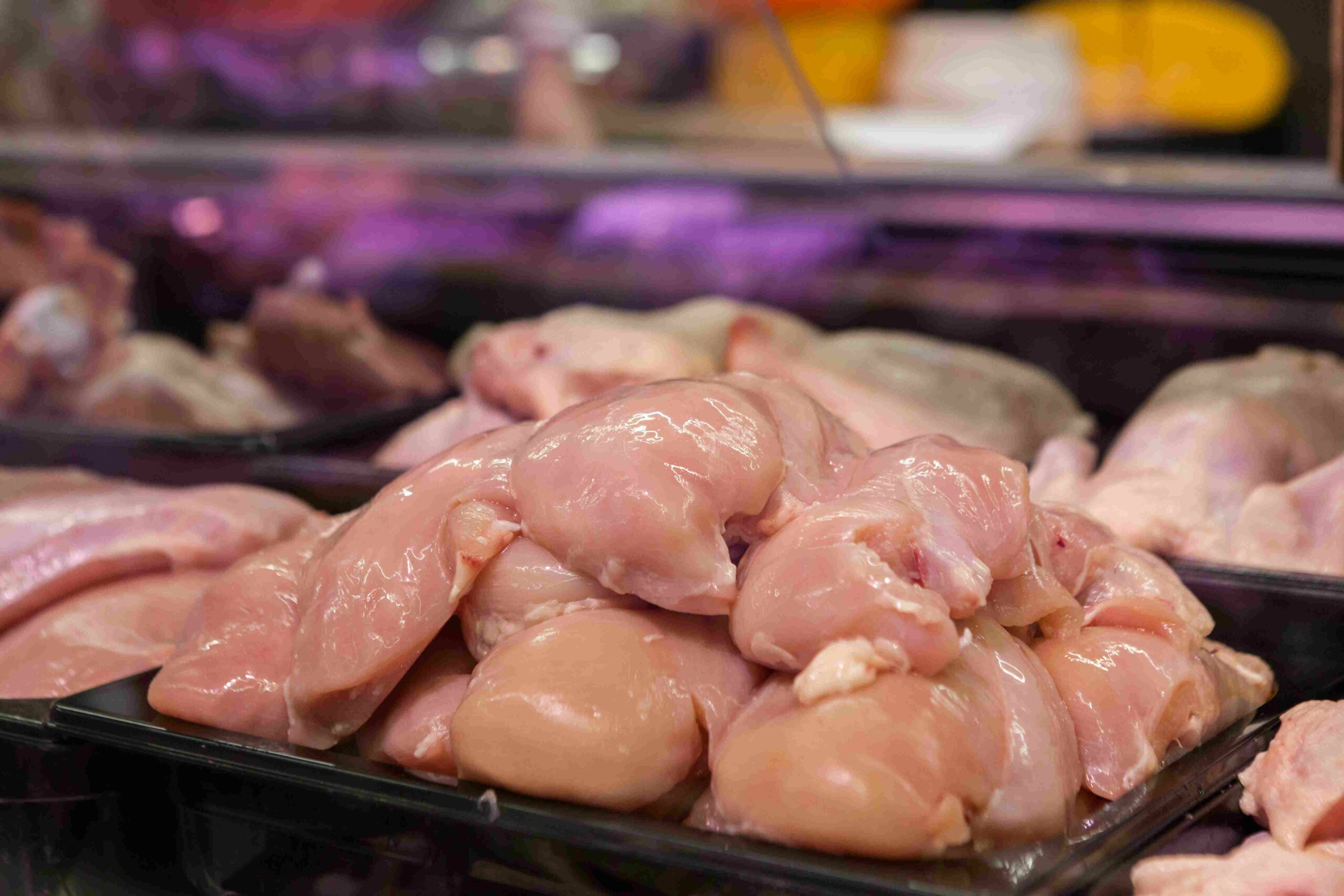
Prevenzione della contaminazione
Una delle maggiori sfide nell'imballaggio della carne è prevenire la contaminazione. Sigillatura adeguata, ambienti di imballaggio sterili, e protocolli di igiene rigorosi sono essenziali per garantire la sicurezza. Mentre i regolamenti guidano il processo, È responsabilità dei produttori mantenere questi elevati standard per proteggere sia il prodotto che i consumatori.
Considerazioni sui costi
Le scelte di imballaggio hanno un impatto diretto sul prezzo della carne. I rivenditori si concentrano sul mantenimento dei costi di imballaggio bassi senza compromettere la qualità o la comodità per i consumatori. D'altra parte, I grossisti danno la priorità alla gestione efficiente della massa per ridurre le spese, spesso sacrificando alcune caratteristiche adatte ai consumatori a favore di più grandi, imballaggio economico.
Conclusione
L'imballaggio di carne per l'ingrosso e la vendita al dettaglio è una miscela di scienza, arte, e strategia. Dai tagli a vuoto alle esportazioni piene di massa, Le scelte fatte durante il processo di imballaggio incidono direttamente sulla freschezza, sicurezza, e appello. Mentre le tendenze si spostano verso l'eco-compatibilità e l'automazione, L'industria continua a innovare.
Domande frequenti
- Quali sono i migliori metodi di imballaggio per la carne all'ingrosso? SECOLO SCOUMO E CRYOVAC sono altamente efficaci per l'imballaggio sfuso.
- In che modo la tenuta del vuoto estende la durata della carne? Rimuovendo l'aria, La sigillatura del vuoto rallenta la crescita batterica e conserva freschezza.
- Qual è la differenza tra mappa e sigillatura del vuoto? La mappa sostituisce l'aria con gas per freschezza, mentre la sigilla del vuoto rimuove completamente l'aria.
- Perché gli imballaggi ecologici sono importanti nel settore della carne? Riduce l'impatto ambientale e gli appelli a consumatori attenti alla sostenibilità.
- In che modo l'imballaggio influisce sul costo della carne per i consumatori? Le opzioni di imballaggio avanzate possono aumentare leggermente i costi, Ma assicurano una migliore qualità e una durata più lunga.

